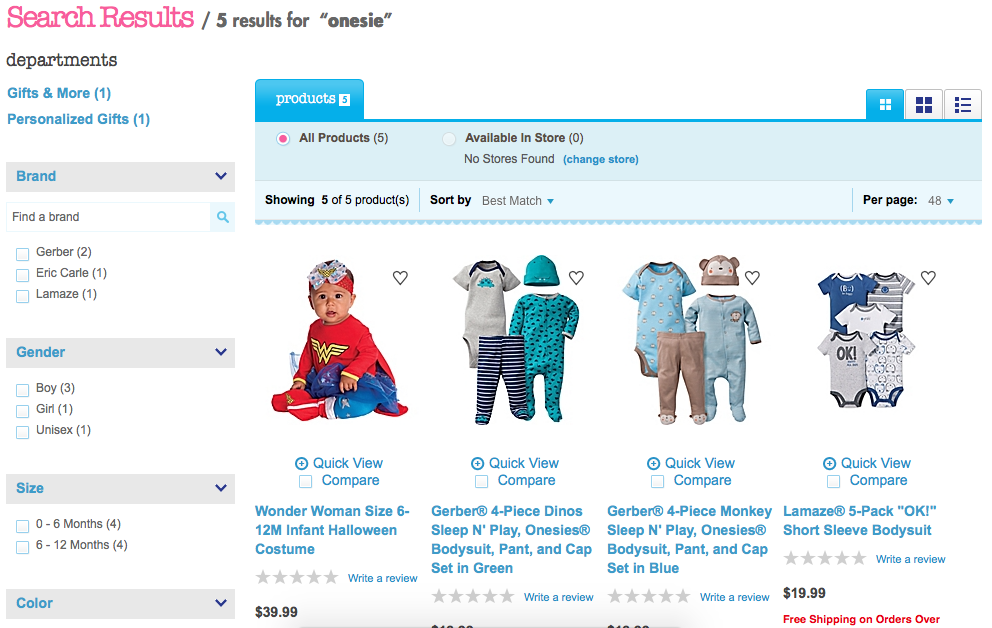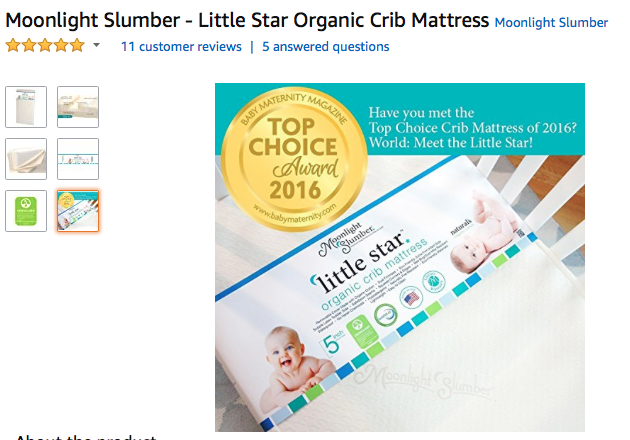When it comes to describing the products you sell, it pays to use the right words — not just the best trigger words that encourage purchases, but also the proper words by definition. Using the wrong terms to describe items not only makes a store look bad, it increases returns and chargebacks. It can also land you in a heap of legal trouble.
The Internet is full of articles outlining words that are commonly misused. A example is “I except your offer” instead of “I accept your offer.” Some chalk up such mistakes as autocorrect errors, while others put on grammar hats and call you out. But, what happens when you use, by its definition, a wrong word?
It disappoints the shopper.
Words matter, especially when describing a product. So be sure you know what a word means before using it to describe anything on the website.
For example, a midi skirt falls below the knee, but above the ankle. A mini skirt is below the thigh and above the knee.

Asos mislabeled this item as a midi skirt. The shopper may think the model is just too tall, but this is actually a mini skirt.
A hologram is the imprint that’s created during a recording of light. A holographic is the three-dimensional image that appears when light hits the hologram. The two words — hologram and holographic — are not interchangeable, yet many product descriptions treat them as such. Science aside, shoppers would expect a holographic sticker to look realistically 3D and reflective at different points when hit by light. If it doesn’t, use a different word.

This sticker is described as being holographic, but it’s not. Using the wrong words can lead to returns, chargebacks, and a loss of customers.
Sometimes, not knowing how to spell a word makes for some humorous results. Such is the case with a maternity top found at Amazon. Discrete means separate and distinct. Here, the seller meant to use discreet, which means hidden so as not to call attention.

It’s important to know definitions and know how to spell the word you’re defining. In this example at Amazon, the seller incorrectly used discrete, rather than discreet.
Legal Trouble
Some terms reflect a brand or trademark, despite common usage as a descriptor. VELCRO, for example, is a brand that produces a line of fastening products. Using “Velcro” to describe a product means that it uses the VELCRO brand hook-and-loop fastener. Otherwise, it could cause trouble with a buyer for making fraudulent claims, and with the VELCRO company for infringing on its trademark.
There are thousands of trademarked descriptors, and it’s up to you to make sure you’re not infringing on a brand’s marks. Some common ones include Onesie (a baby bodysuit), Koozie (a can cooler), and Kleenex (a facial tissue).
What if shoppers use that trademarked term to search? Log it as an alternative word in a hidden field for search purposes.

At BuyBuyBaby, only Gerber brand Onesie products include the term Onesie. Others are labeled differently, but still come up in search results.
Another, more recent concern, is the term “organic.” Only products that are certified organic and carry the proper seal can be labeled, legally, as organic. Yet, many products across the Internet using organic as a key descriptor.

This item at Amazon is labeled as organic, but it’s not. Be sure to look for proper seals and definitions when writing names and descriptions.
Exaggeration
When the iPhone 7 was released, many websites said it was waterproof. It isn’t, and this claim caused hundreds of news sites to warn consumers that it was only water resistant.
Be sure to read product specifications carefully. Just because a product can withstand light rain or splashes of water doesn’t mean it’s waterproof. It more likely is water resistant. The same goes for weatherproof and weather resistant. Also, don’t confuse UV protection with UV resistant. The degree of UV protection is shown as a percentage (and without specifying, it’s expected to be 100 percent). UV resistant simply means it will withstand some time in the harmful rays, but it will eventually fade and break down.
Confused Shoppers
While you need to use the proper words to describe any line of products, some terms are often misunderstood by shoppers themselves. For example, most call the tape on the vests used by nighttime construction workers reflective tape, but it’s actually retro reflective tape. There is a big difference. Reflective tape acts as a mirror, so it sends the light back out in different directions. Retro reflective products return the light back to its original source. It’s the difference between something being more visible at night and something that is accurately identified.
Misunderstandings like this cause dilemmas because if someone orders a product that is truly reflective, he may think it’s retro reflective, because he does not understand the difference. It’s the perfect time to display examples or charts, educating the shopper.

For terms misunderstood by the masses — such as “retro reflective” and “reflective” — use the right ones and educate the shopper. Image: Tapedealer.com.
Keeping up with product descriptions can be daunting. When you take the time to understand the products, along with the terms you use to describe them, you are a step further to selling more and worrying less about returns, chargebacks, and claims.
If writing descriptions is not your strength, it might be time to use a service or individual to help write copy that sells without landing you in hot water.
